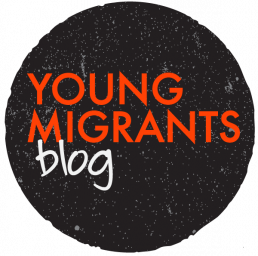Wie läuft das Veröffentlichen eines Beitrags ab?
Nachdem du uns deinen Beitrag zugesendet hast, werden wir uns mit dir in Verbindung setzen und dir den redigierten (Korrektur gelesenen) Beitrag zuschicken. Das kann manchmal etwas dauern. Bitte hab Verständnis dafür. Erst nach einem beidseitigen OK wird der Artikel veröffentlicht. Mit der Einsendung bestätigst du, dass die von dir eingesendeten Inhalte von dir selbst verfasst worden sind und jegliche Zitate etc. als solche, mit Quellenverweis, kenntlich gemacht worden sind. Der Autor*in-Name, unter dem du später auf dem Blog veröffentlichst, wird intern abgesprochen und kann auch ein Pseudonym (z.B. ein Spitzname) sein. ! Zu jedem Beitrag wird ein Video oder ein Bild veröffentlicht. Hast du ein Foto oder Video, was zu deinem Beitrag passt? Dann schick es uns gern per Mail mit, wenn die Bildrechte bei dir liegen (du das Bild oder Video selbst aufgenommen hast) oder du ein lizenzfreies Bild (Creative Commons, Wikimedia, Flickr) online gefunden hast. Achtung: Selbst bei lizenzfreien Fotos oder Videos etc. benötigen wir immer vollständige Quellenangaben. Aber weitere Infos dazu findest du unten...
How does publishing a post work?
When you send us a post, we will proofread the text and contact you when the edited version is ready. This can take a while sometimes, please be patient :). The article will only be published after an OK from both sides. By submitting, you confirm that the content you submitted was written by yourself and that any quotations etc. have been marked as such, with a reference to the original source. The “author-name” that will appear with your post is agreed internally and can also be a pseudonym (e.g. a nickname). ! For each post we will need a video or a picture to be published with it. If you have a photo or video that fit your post, then send it to us by mail and inform us if you own the image rights (you took the picture or video yourself) or if you found a royalty-free image online (Creative Commons, Wikimedia, Flickr). Please note: Even with royalty-free photos or videos, etc.we always need complete source information. But you can find more information below...
Tipps fürs Bloggen
Format
Aufbau und Struktur
Lesbarkeit
Bilder
Links und Quellen
Tips for blogging
Format
Structure
Readability
Images
Links and sources

